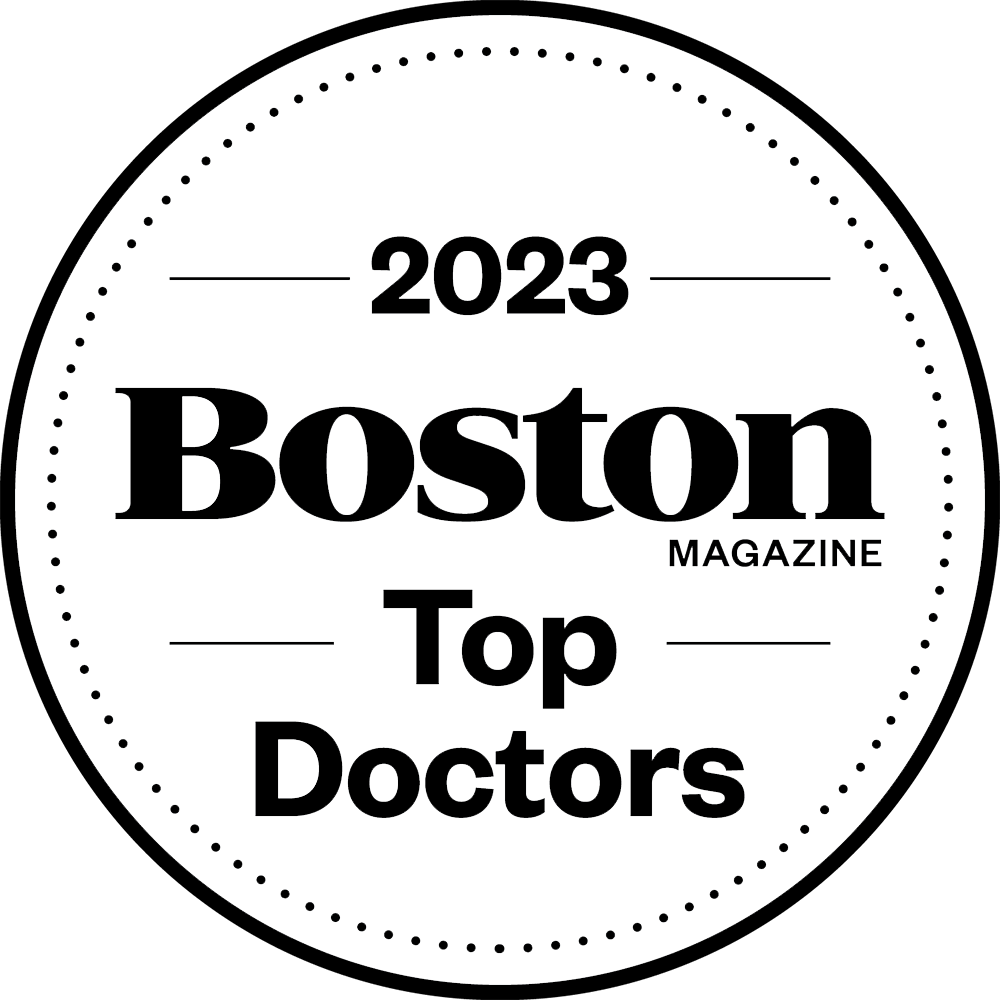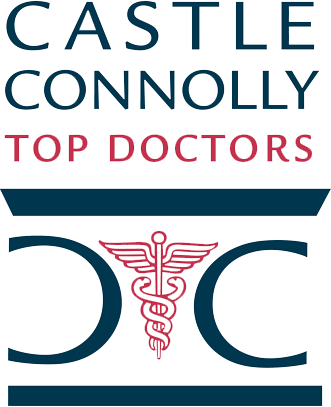Atypical hyperplasia is a precancerous condition related to the cells in the breast. This condition is marked by the presence of a higher volume of abnormal cells within the milk ducts or the lobules (milk-producing glands) of the breast. Atypical hyperplasia doesn’t mean you have breast cancer, but the abnormal cells can lead to breast cancer eventually. After diagnosing atypical hyperplasia, your doctor may recommend atypical hyperplasia treatment to reduce the risk of breast cancer.

Diagnosing Atypical Hyperplasia
Atypical hyperplasia is generally diagnosed on a core biopsy — the suspected breast tissues are extracted via a hollow needle for further investigation. After extracting the suspicious breast tissues, the cells are placed on a slide, stained, and observed under a microscope. The breast cancer specialist or pathologist determines the abnormality of the cells on numerous criteria, including the size and color of the cells and the appearance of the surrounding structures.
Atypical hyperplasia is diagnosed when two conditions are met — hyperplasia and atypia. Hyperplasia refers to the presence of more cells than expected within the milk ducts or lobules, and atypia refers to the abnormal appearance of the cells in the milk ducts or lobules. Neither of these conditions indicates that you have breast cancer, but a diagnosis of atypical hyperplasia (atypia with hyperplasia) means you have an increased risk of developing breast cancer.
Atypical hyperplasia can occur in the milky ducts (atypical ductal hyperplasia) or in the lobules (atypical lobular hyperplasia). Once atypical hyperplasia is diagnosed on a core biopsy, the doctor may recommend an excisional biopsy to examine the surrounding breast tissues. This ensures that atypical hyperplasia isn’t symptomatic of a deeper problem or existing breast cancer. The doctor will curate a treatment plan based on the size and severity of the condition.
Treatment for Atypical Hyperplasia
You’ll be placed on a close follow-up program for high-risk women if you’re diagnosed with atypical hyperplasia and have a family history of breast cancer. The follow-up program includes clinical breast exams once every six months and annual mammograms. Your doctor may also recommend various medications for breast cancer prevention (chemoprevention), such as tamoxifen and raloxifene.
Tamoxifen
Tamoxifen is an oral medication taken daily for five years. It’s a type of hormone therapy generally used for the treatment of hormone-sensitive breast cancer tumors. A clinical study conducted in the 90s found that tamoxifen reduced the risk of breast cancer amongst women with atypia (abnormal cells in the milk ducts or lobules) by 86% — this study paved the way for tamoxifen being used for chemoprevention.
Raloxifene
Raloxifene is an oral medication taken daily for five years, meant specifically for post-menopausal women with a high risk of breast cancer. This drug was approved for breast cancer risk reduction after a STAR (Study of Tamoxifen and Raloxifene) trial determined that it offered similar benefits as tamoxifen.
Side Effects of Chemoprevention
Chemoprevention may increase the risk of numerous side effects, such as pulmonary embolism (blood clots in the lungs), deep vein thrombosis (blood clots in veins), and strokes. While the risk is relatively small, it shouldn’t be ignored. That’s why you should determine if you want to start chemoprevention after weighing the risks and benefits with your doctor.
Schedule an Appointment
Dr. Katherina Calvillo is the leading breast cancer specialist and surgeon in Wellesley, MA, with nearly 20 years of experience at Harvard and Dana Farber Cancer Institute. She collaborates with the country’s leading Harvard-affiliated doctors and hospitals to diagnose, monitor, and treat breast cancer. She takes a personalized approach to breast cancer care, curating diagnosis, follow-up, and treatment plans according to your individual needs. Please schedule an appointment to learn more about atypical hyperplasia treatment.




